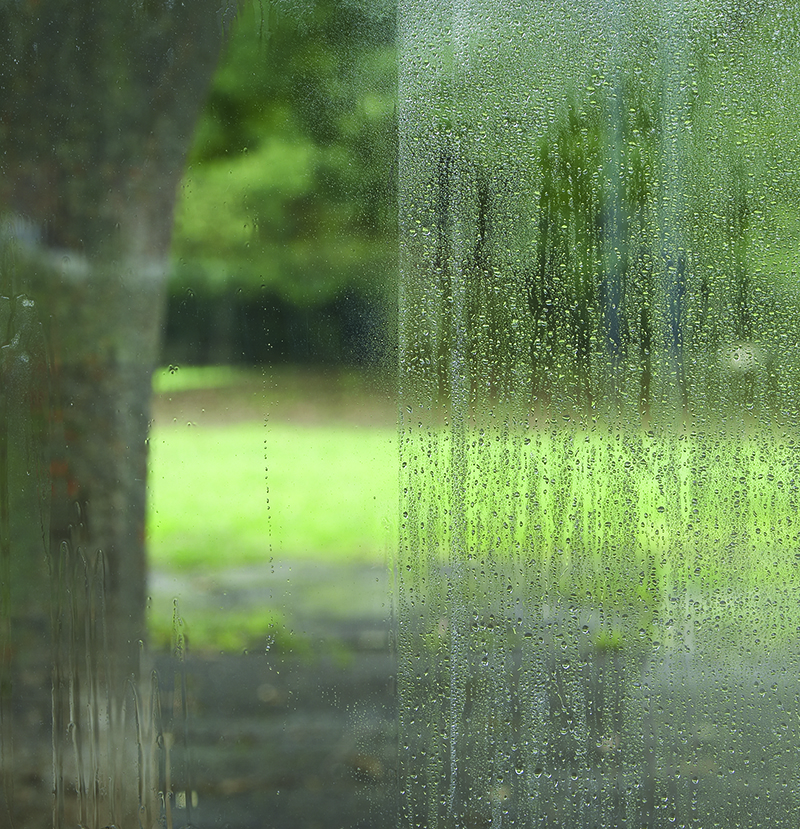

..........................................................................................................................................................
The Titanium Dioxide Manufacturers Association (TDMA)
Though in its early stages of development, titanium dioxide can
be used to speed up the process of purifying water, potentially saving billions
of lives
Three out of ten
people worldwide – 2.1 billion people – do not have access to safe and clean
drinking water in their homes, according to recent report by
the World Health Organisation.
Supplying people
with access to clean water when there is a lack of infrastructure can be
difficult, but developments in chemistry are helping to pave the way.
Purifying water
When water is left
in sunlight for a certain duration – around 24 hours – the radiation from the
sun kills the microorganisms contaminating the water.
Unfortunately, this
process is slow, and it only works if the water is clear and not clouded by
dirt, so that the light can reach all the microorganisms.
However, there is
now an emerging solution to speed this process up significantly –
photocatalysts, such as titanium dioxide (TiO2).
.
Due to its incredible photocatalytic properties, titanium dioxide can be used to accelerate the process of killing microorganisms in sunlight.
.
Due to its incredible photocatalytic properties, titanium dioxide can be used to accelerate the process of killing microorganisms in sunlight.
This means that
clean water can be produced in a fraction of the time it takes naturally.
Organic molecules
and microorganisms are destroyed because the TiO2 creates very
reactive hydroxyl free radicals in the water, which attack the impurities.
The free radicals
dissipate rapidly, making the water safe to consume.
While the
technology is still being tested, a paper in
2012 looked into the different properties of titanium dioxide for purifying
water.
The research team
from Tomsk Polytechnic University in Russia found that titanium dioxide in a
powder form works best for purifying water when it has been created in an
alkaline solution.
Disinfecting surfaces
It goes without
saying that the effect of being able to create safe drinking water quickly on a
large scale would be world-changing, but titanium dioxide’s photocatalytic
properties can also be used to tackle another global scourge – poor sanitation
and the spread of diseases.
A paper published in 2016 found that when titanium dioxide
powder is combined with sunlight, it can be used to destroy harmful bacteria
including E. coli and staphylococcus aureus, both of which commonly infect
humans and cause potentially fatal sickness.
“These
antibacterial surfaces may be applied to hospital, food ceramic, and building
industries or to environmental remediation where bacteria inactivation is
required to ensure the safety of human health and the environment,” says Changseok
Han, from the US Environmental Protection Agency, and part of the team that
wrote the paper.
The relatively low
energy needed for the process and the non-toxicity of titanium dioxide make it
a safe and economic way of disinfecting surfaces, which is particularly
important in the poorest and most at-risk communities.
The future
Though a relatively
young technology, photocatalysis by titanium dioxide continues to be tested to
explore its potential as a water purifier and disinfectant, and there’s no
telling what an incredible, life-changing effect this could have on those who
need it most.
As Dr Tedros
Adhanom Ghebreyesus, WHO Director-General, says: “Safe water, sanitation and
hygiene at home should not be a privilege of only those who are rich or live in
urban centres. These are some of the most basic requirements for human health,
and all countries have a responsibility to ensure that everyone can access
them.”
If TiO2’s
photocatalytic properties are put to good use, safer drinking water for
everyone doesn’t look so far out of reach.
The
Titanium Dioxide Manufacturers Association (TDMA) represents the major producers
of titanium dioxide (TiO2 ) and has been their voice in Europe since 1974.
Our
members develop products and applications that are seen in almost every aspect
of daily life. Across the globe, TiO2 is used in everything from paints,
plastics and paper to make-up and sunscreen. Find out
more about titanium dioxide.
The
range of innovative uses for TiO2 keeps on increasing. In recent years,
for example, it has been used in the manufacture of cheap and efficient solar
cells and building facades that can neutralise air pollution.



No comments:
Post a Comment